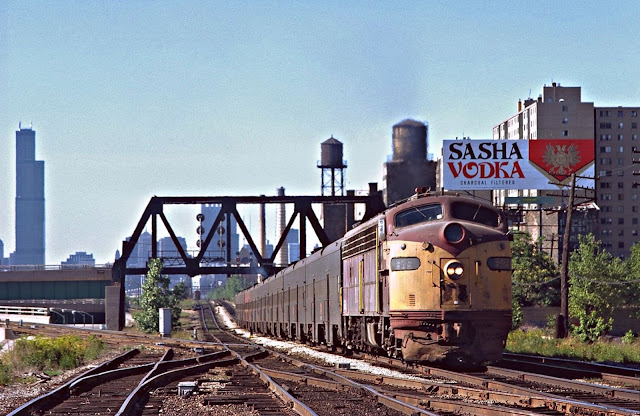America lost the ability to manufacture consumer electronics in the 20th century.
I've noticed that companies that make heavy manufacturing equipment such as forging presses have been bought out by either Asian or European companies. Typically the American plants are closed because the foreign companies are interested in just the intellectual property such as patents and equipment design. When you see a company announcing a new plant costing over $100million that will create less than 200 jobs, you know it is highly automated. I wonder how much of the equipment installed in that plant was made in the USA. Could the plant be changed to war production if the new equipment would have to be bought from the countries that we have gone to war with?
Now China and other countries are killing America's,
and Germany's, steel industry by dumping their steel on the global market.
Ever since reading about the death of our consumer electronics industry, I have been worried about our ability to manufacture semiconductors, especially military grade chips. I worked at Bell Labs and we used to specify military grade instead of consumer grade microcomputers, memory chips, logic chips, etc. for our telephone switching equipment. Military chips can run with colder and hotter temperatures than consumer chips. I remember when I worked at Magnovox and we lost air conditioning in the computer room, the temperature was closely monitored. It finally got warm enough that they had to turn the IBM Model 40 off to make sure it did not get damaged. The room was not hot enough to make you sweat. One would be sweating long before you would have to turn off a Bell Lab's telephone switch. (But by the 1980s, the requirement for military grade chips was being relaxed because we needed bleeding edge designs and they were not available in military grade. Telephone switching offices have a battery plant to run the electronics. Hopefully, they have a diesel-generator set to run the air conditioning.) In a
Facebook posting, Steve OConner added comments that indicate my concerns are well founded concerning the viability of our semiconductor industry.
China is dumping counterfeit electronic parts into the Pentagon's supply chain, two senior lawmakers alleged on Monday.Two Senators, John McCain, Republican-Arizona, and Carl Levin, Democrat-Michigan, said the counterfeits are putting U.S. troops at risk and undercutting the American economy.
One day before a Senate Armed Services Committee hearing on the issue, the Senators offered details of the panel's ongoing investigation.....
They found about 1,800 cases of suspect counterfeit electronics being sold to the Pentagon.
The total number of parts in these cases topped one million.
The committee hearing will examine three cases in which suspect counterfeit parts from China were installed in military systems made by Raytheon, L-3 Communications and Boeing.
Levin, the committee chairman, told reporters at a Capitol Hill news conference: 'Now, a million parts is surely a huge number.
'But I want to just repeat this: We've only looked at a portion of the defense supply chain. So those 1,800 cases are just the tip of the iceberg.'
The investigators found that counterfeit or suspect electronic parts were installed or delivered to the military for several weapons systems.
They include military aircraft such as the Air Force's C-17 and the Marine Corps' CH-46 helicopter, as well as the Army's Theatre High-Altitude Area Defence (THAAD) missile defense system....
Investigators traced more than 70 per cent of the cases to China.
Nearly 20 per cent led to the United Kingdom and Canada, the lawmakers said.
“Early in the Iraq war, for instance, stocks of precision bombs were so reduced that the Pentagon ordered Boeing to ramp up emergency production. Boeing’s attempts to supply the military’s needs were thwarted by a Swiss company, Micro Crystal, which—angered by the U.S. decision to invade Iraq—ceased delivery of a key part, according to defense officials. Because no firm in the U.S. made the part, finding an American company capable of starting a new production line took the Pentagon seven months. If the most powerful military in the world could run short of a key weapon system against a third-rate military power like Iraq, what would happen if we faced a more powerful opponent such as China?”
In short, USA has lost most of its manufacturing capability that we had when we geared up for WWII production. Perhaps it won't matter because the next war might be a cyber and satellite war instead of a bang-bang, boom-boom war. But even a cyber and satellite war needs a semiconductor industry.
Chicago lost its movie making industry to Los Angeles, but at least that stayed in USA.
Chicago was the candy capital of the world until a sugar tariff caused many of the manufactures to leave the country. So in the end, the tariff did not protect the jobs of sugar producers, it also destroyed the jobs of workers in companies that used sugar.. But at least we still have
Bloomers Chocolate so we should be able to make war rations.





















































